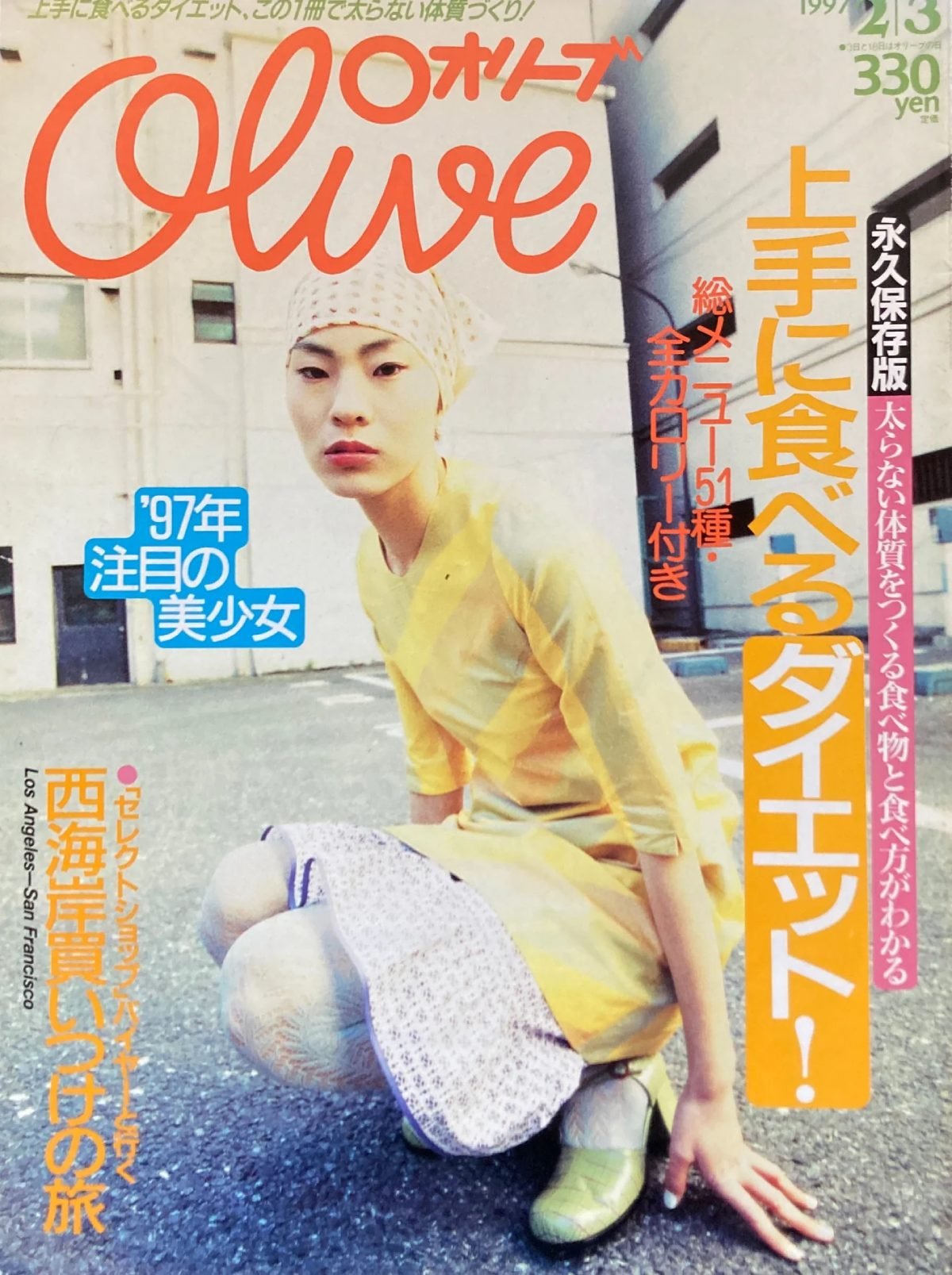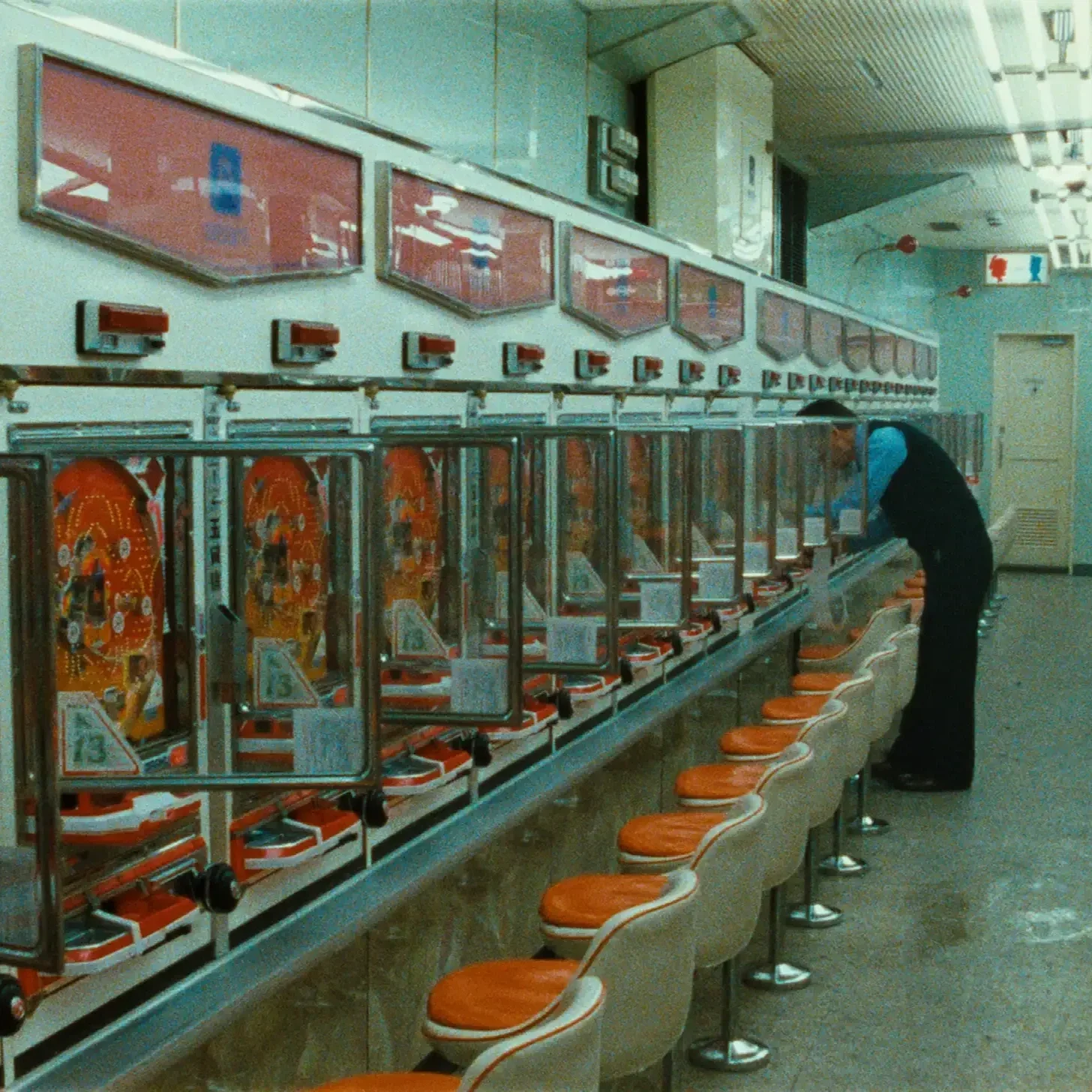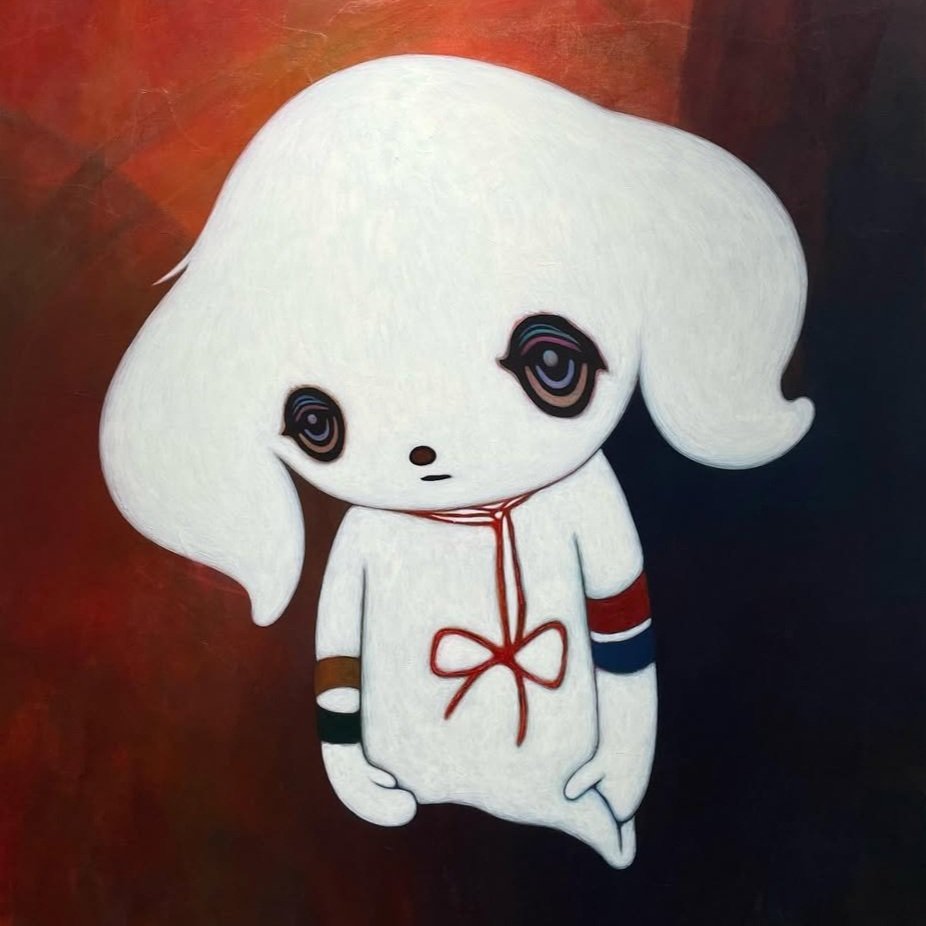The Japanese Magazines That Defined 90s Streetwear Culture
FRUiTS 1998│via Tokyofruits.com│© Shoichi Aoki
In the 1990s, the backstreets of Harajuku, or Ura-Harajuku, became a crucible of creativity, rebellion, and self-expression. Unlike the polished main avenues where luxury boutiques catered to Japan’s growing appetite for high fashion, Ura-Harajuku thrived on improvisation. It was a space where youth remixed thrifted finds, DIY creations, and emerging streetwear brands into wholly original styles. The energy was raw, the rules unwritten, and the results were electric.
This subversive culture wasn’t born in a vacuum. It grew from a mix of economic shifts, Western cultural imports, and Japan’s own rich tradition of craftsmanship. But perhaps its most important catalyst was the printed page. For many young people, fashion magazines were sacred guides.
Magazines like FRUiTS, Boon, and Kera served as windows into the streets of Harajuku and Shibuya, capturing the spirit of Ura-Harajuku in detail. Defining them as mere glossies would dishonour the work of their creators; these magazines were cultural archives, amplifiers, and incubators. They taught their readers how to be cool, how to innovate, and how to carve out their own identities in an increasingly globalized world.
In an era before Instagram or TikTok, these magazines were the only way to experience the pulse of Tokyo’s underground. Through curated spreads, candid street photography, and detailed features on emerging brands and designers, they gave a voice to the eclectic, the rebellious, and the forward-thinking.
The 10 magazines in this article not only chronicled the explosion of Japanese streetwear in the 90s but also fueled its rise.
STREET Magazine
A Global Stage for Tokyo’s Streets
When Shoichi Aoki launched STREET in 1985, he likely had no idea he was laying the groundwork for one of the most influential fashion archives in the world. At its core, STREET was a photographic journey through urban fashion, spotlighting not just Tokyo but also New York, London, and Paris. Its pages juxtaposed Tokyo’s chaotic and inventive street style with the polished edges of Western urban fashion, creating a dialogue that bridged cultures.
The magazine’s raw aesthetic was its defining feature. Each spread was a symphony of candid shots, capturing real people in real environments. STREET was a grassroots celebration of individuality. The juxtaposition of global influences gave STREET a cosmopolitan feel, but it was always clear that Tokyo’s streets were the beating heart of its narrative.
By the 1990s, as Harajuku began to blossom into a global style mecca, STREET became essential reading for anyone wanting to understand the zeitgeist. The publication elevated trends, solidifying Tokyo’s place as a global fashion capital.
Street Magazine 1995│© Shoichi Aoki
FRUiTS Magazine
The Visual Diary of Harajuku
If STREET captured the world’s streets, FRUiTS honed in on the chaotic, electrifying energy of Harajuku. Launched by Shoichi Aoki in 1997, FRUiTS did more than just document Harajuku’s street style, Aoki’s work amplified the voice of Harajuku, turning it into a cultural phenomenon that through time resonated far beyond Japan.
What set FRUiTS apart was its celebration of the eclectic and the experimental. Each page was a riot of color, pattern, and personality. Harajuku’s youth was creating wearable art. Aoki’s photographs highlighted the intricate layering, unexpected combinations, and fearless attitude of his subjects. Outfits were a collision of thrifted finds, handmade pieces, and high-fashion elements, all tied together with a distinct sense of individuality.
A key feature of FRUiTS was its personal touch. Alongside each photo, readers found handwritten captions explaining the wearer’s inspirations, favorite brands, and thoughts on fashion. This humanized the magazine, going into dialogue between creator and audience.
FRUiTS’ legacy can still be felt today, as Harajuku remains a symbol of boundless creativity and self-expression.
FRUiTS 1998│via FRUiTS Magazine Archive│© Shoichi Aoki
TUNE Magazine
Streetwear’s Sophistication
Not a 90s publication, but an unmissable entry when diving into Shoichi Aoki’s magazine lineup. TUNE, launched in 2004, was Aoki’s quieter follow-up to STREET and FRUiTS. While its predecessors were vibrant and raw, TUNE offered a more polished take on streetwear, reflecting the evolution of the culture into something more refined.
TUNE was notable for its focus on how Japanese streetwear had begun to merge with luxury fashion. Tokyo’s youth, once reliant on thrift stores and DIY, were now incorporating high-end brands like Louis Vuitton and Gucci into their wardrobes. The magazine didn’t treat this as a loss of authenticity but rather as a natural progression, a sign that street fashion was no longer confined to the fringes but had become a dominant force in global fashion.
Through its sleek layouts and focus on high-quality photography, TUNE captured this new era of confidence. It wasn’t just about documenting streetwear anymore , it was about celebrating its newfound place at the forefront of the fashion world.
TUNE 2004│© Shoichi Aoki
Hotdog Press Magazine
The Everyman’s Guide
While many magazines zeroed in on niche subcultures, Hotdog Press had a broader appeal. Launched in the 1980s, it was initially a men’s lifestyle magazine, covering everything from dating advice to gadgets. But by the 1990s, it had evolved into a key player in Japan’s streetwear scene, serving as a guide for young men navigating this exciting new world.
What made Hotdog Press unique was its accessibility. Unlike magazines that focused on high fashion or avant-garde styles, it championed trends that felt attainable. Sneakers, denim, graphic tees—these were the building blocks of a wardrobe that young men could realistically aspire to. The magazine also leaned heavily on Western influences, introducing Japanese readers to brands like Levi’s, Converse, and Timberland.
It helped a generation of young men define what it meant to be cool, offering them a roadmap to navigate the intersection of style and masculinity.
Hotdog Press 1997│via 90s Yamada Koji│© Hotdog Press
CUTiE Magazine
Empowering a New Generation
When CUTiE debuted in 1989, it was an immediate hit among teenage girls. The magazine was a breath of fresh air, offering an alternative to the polished, unattainable glamour of mainstream women’s magazines. Instead, CUTiE celebrated individuality, creativity, and the DIY ethos.
The magazine’s focus was on affordability and accessibility. It showcased thrifted looks, handmade accessories, and quirky combinations that felt both stylish and achievable. Readers were encouraged to experiment, to mix and match, and to embrace their imperfections.
CUTiE was also instrumental in popularizing trends that defined the 90s. Oversized sweaters, platform sneakers, and playful accessories became staples of the era, thanks in large part to its influence. For many young women, CUTiE was as much a community, as it was source of inspiration and a rallying cry for self-expression.
CUTiE 1993│via Ko Archives│© CUTiE
Olive Magazine
The Romantic Rebel
Where CUTiE was bold and playful, Olive was soft and introspective. Launched in 1982, Olive found its stride in the 1990s by promoting a style that could only be described as dreamy. Its pages were filled with ethereal imagery that celebrated otome (maiden) fashion, a delicate, romantic aesthetic marked by lace-trimmed dresses, ribboned hair, and vintage-inspired accessories.
What set Olive apart was its emphasis on lifestyle. Readers were transported to a Parisian café or a cozy countryside tea party through the magazine’s poetic articles and evocative photography. Olive painted a picture of a simpler, slower life, one where every detail, from handwritten letters to freshly baked bread, was imbued with beauty.
For readers overwhelmed by Tokyo’s fast-paced energy, Olive was a haven. It wasn’t just a fashion magazine; it was a philosophy, encouraging its audience to find grace and joy in the small moments of life.
Olive 1997│via Smokebooks│© Olive
Boon Magazine
The Underground Innovator
If Popeye magazine, aka the magazine for city boys, catered to the mainstream, Boon was for the insiders. Focused on Ura-Harajuku, the backstreets of Harajuku where the most innovative fashion was brewing, Boon was the ultimate guide to underground streetwear culture.
The magazine was instrumental in championing brands that would later achieve global fame, such as A Bathing Ape (BAPE), Undercover, and Neighborhood. But Boon wasn’t only about showcasing products, it dug deep into the stories behind them. Through interviews with designers and profiles of hidden boutiques, it gave readers a glimpse into the creative process that defined Ura-Harajuku’s mystique.
Boon’s aesthetic was gritty and raw, reflecting the DIY spirit of the scene it documented. It was a movement, fostering a sense of community among readers who shared a love for fashion that challenged the status quo.
Boon 2005│via Ebay│© Boon
Egg Magazine
A Gyaru Manifesto
Few magazines captured the spirit of rebellion as boldly as Egg. At the height of the 90s, it became the definitive voice of the gyaru (gal) subculture, a movement that rejected traditional beauty standards in favor of bleached hair, dark tans, and audacious outfits.
Egg wasn’t just about fashion; it was about attitude. Its pages were filled with unapologetic confidence, showcasing young women who wore their individuality like armor. From platform boots to leopard-print mini skirts, Egg’s aesthetic was loud, proud, and impossible to ignore.
But Egg also had a deeper purpose. It gave a voice to a generation of women who felt overlooked by mainstream culture, celebrating their defiance and encouraging them to take up space. It was raw, real, and undeniably influential.
Egg 1995│via Gyaru Fandom│© Egg
Kera Magazine
Fashion for the Outcasts
For those who didn’t fit into the mold of mainstream fashion, there was Kera. Known for its focus on alternative styles like Gothic Lolita, punk, and visual kei, Kera provided a platform for the misfits and the rebels.
What made Kera special was its inclusivity. It embraced a wide spectrum of subcultures, from the dark elegance of Gothic Lolitas to the vibrant chaos of cyberpunk. Each issue felt like a celebration of diversity, showing readers that there was no wrong way to express themselves.
Kera’s impact went beyond fashion. It created a sense of belonging for readers who often felt like outsiders. Through its pages, they found a community of like-minded individuals who shared their passion for creativity and self-expression.
Kera 2002│via Internet Archive│© Kera
Asayan Magazine
A Mosaic of Culture
Finally, there was Asayan, a magazine that defied categorization. Covering fashion, music, and youth culture, it was a snapshot of the eclectic, ever-changing world of 90s Japan.
What set Asayan apart was its ability to capture the big picture, documenting trends, and exploring the cultural forces driving them. From interviews with musicians to features on underground fashion scenes, Asayan provided readers with a holistic view of the world they were living in.
Asayan 1997│via Damp Magazines│© Asayan
The 1990s were a cultural awakening in Japanese fashion, a moment when the streets of Ura-Harajuku became a canvas for creativity and self-expression. In this labyrinth of backstreets, young people redefined what it meant to dress, not as a reflection of societal norms but as a celebration of individuality. At the heart of this revolution were the magazines that gave their movement a voice.
Decades later, the influence of these fashion publications continues to ripple through contemporary fashion. The DIY ethos of Ura-Harajuku, the fearless mixing of high and low fashion, and the celebration of subcultures are now staples of global streetwear. And the magazines that chronicled these moments remain timeless, their pages a testament to the power of youth culture to shape the world.


















How Ura-Harajuku planted the seeds for global streetwear culture.